At work, for the past three weeks, I’ve been helping fourth and fifth-grade students craft and edit informational powerpoints. They’ve run the gamut of the usual suspects that any 10 or nine-year-old would find interesting. However, there were a couple of the students that really took the assignment one step further. These were the students that researched little-known topics that they were passionate about, as well as, those kids who were doing subjects that they simply wanted to know more about. Specifically, there was a student who writing about the history of Nintendo and one who was doing Egyptology. The World Book is a reference book that balances illustrations with elementary-aged content in a way that can provide a slightly deeper dive into countries, in addition to introducing students to new areas of Earth.
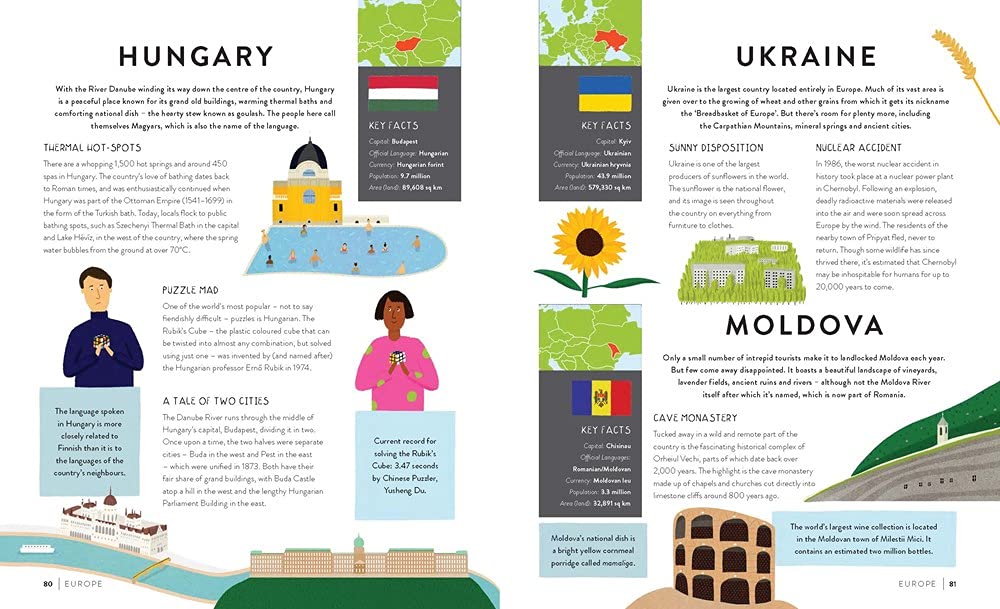
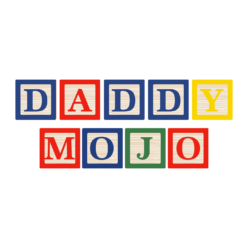
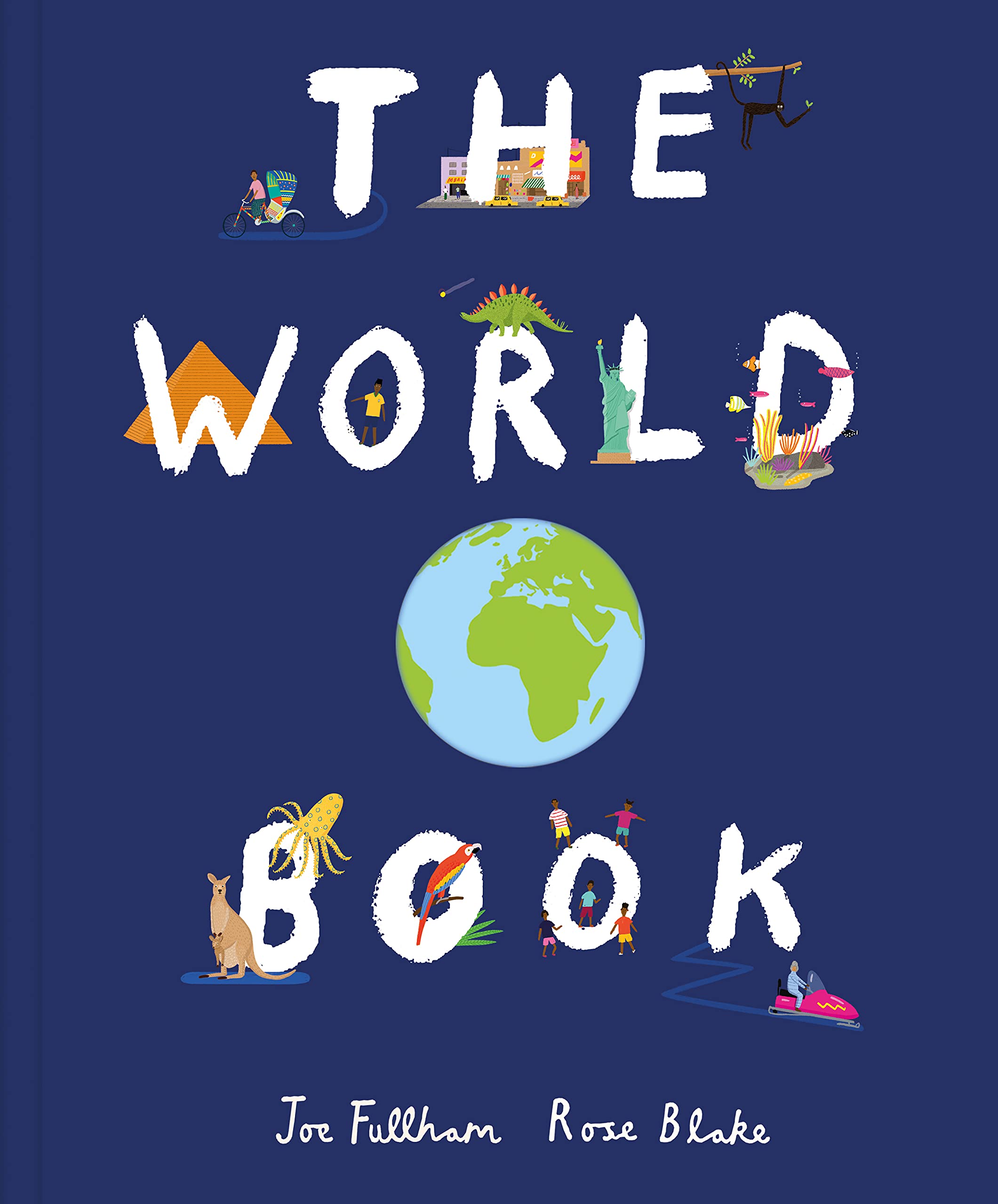

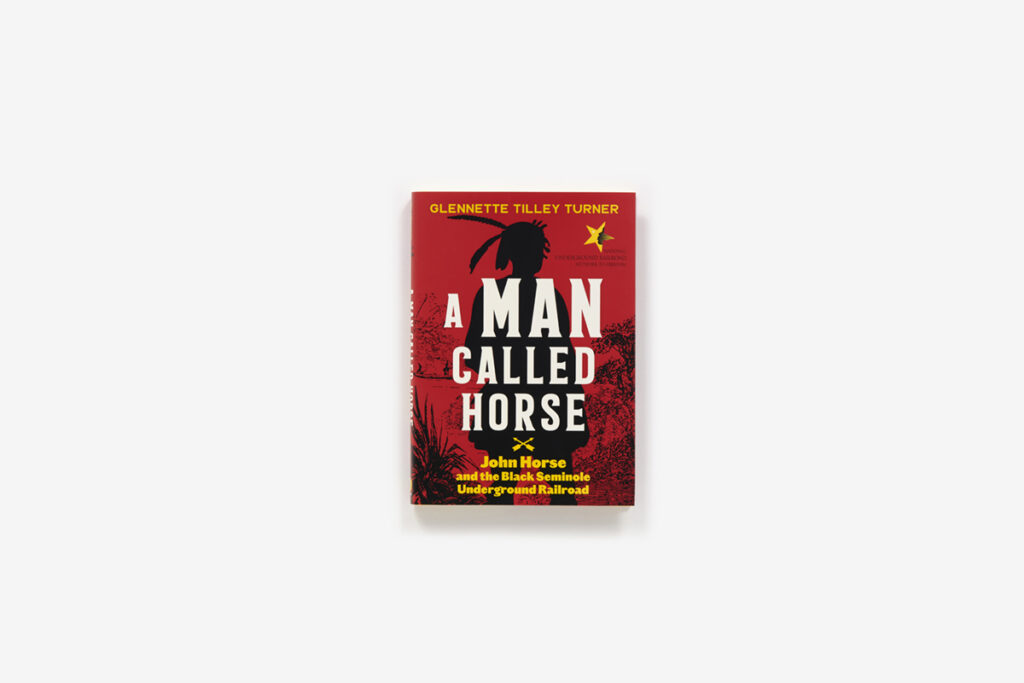
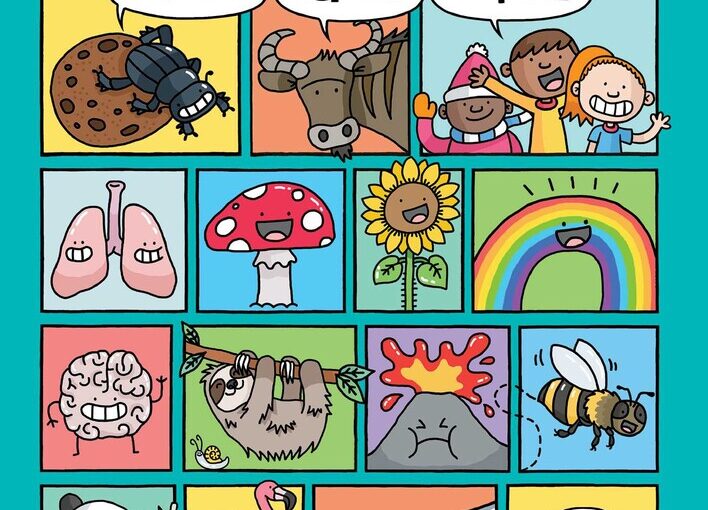
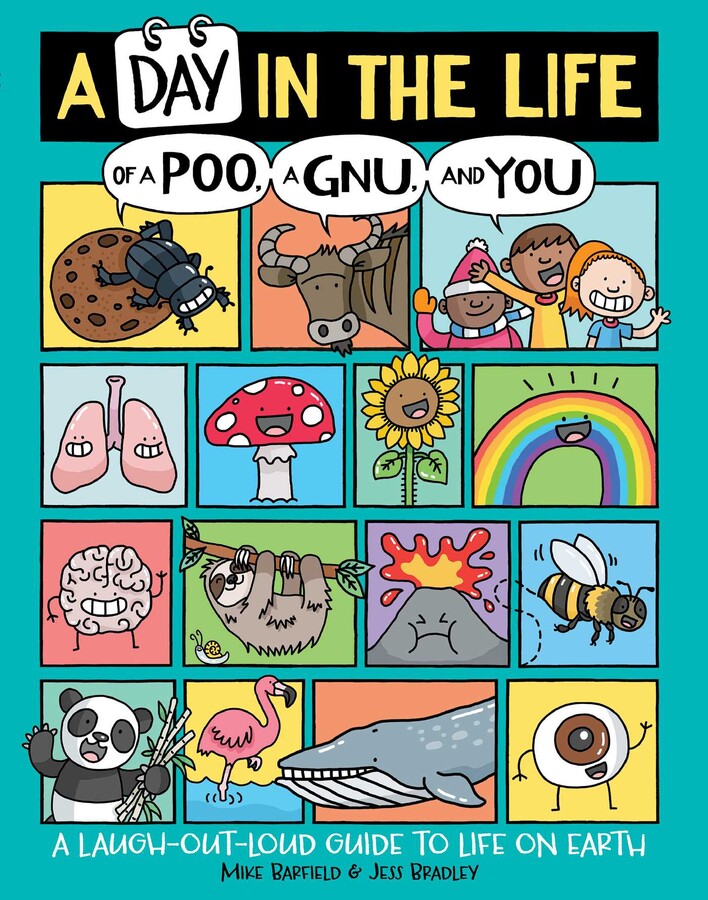
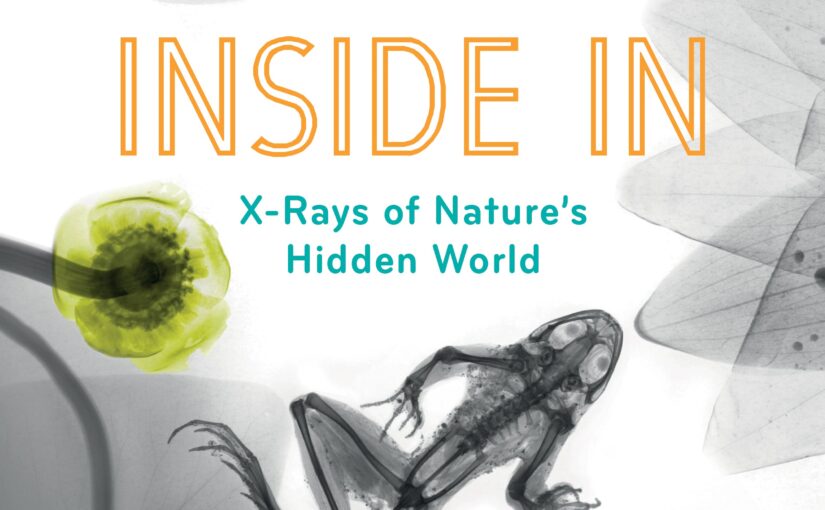
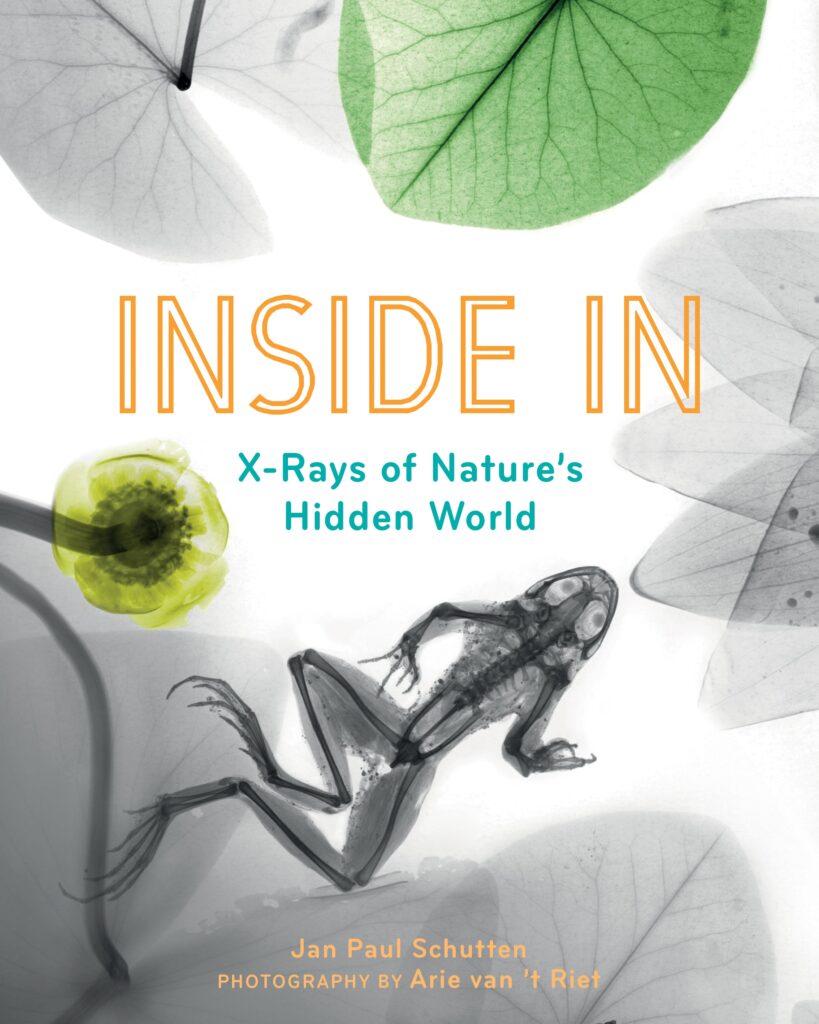


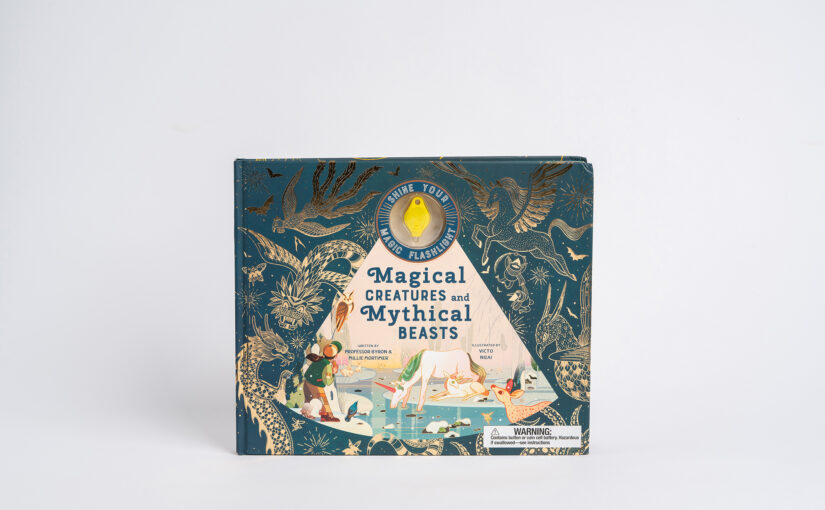
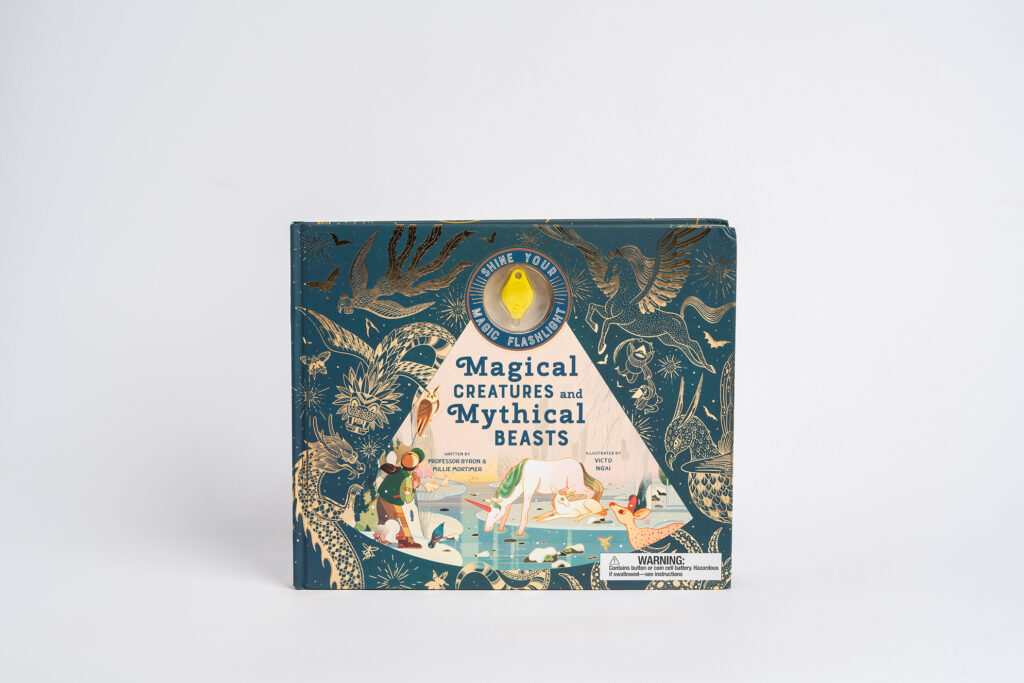
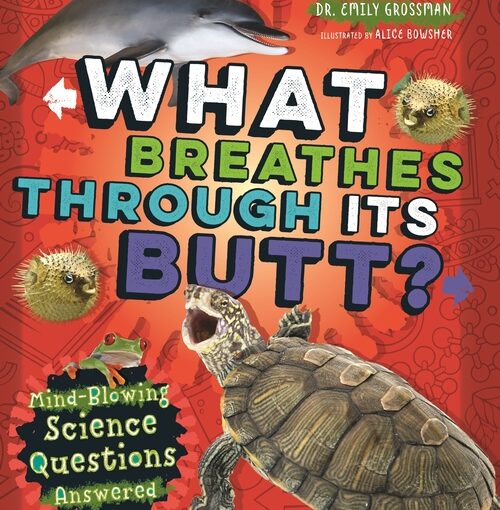

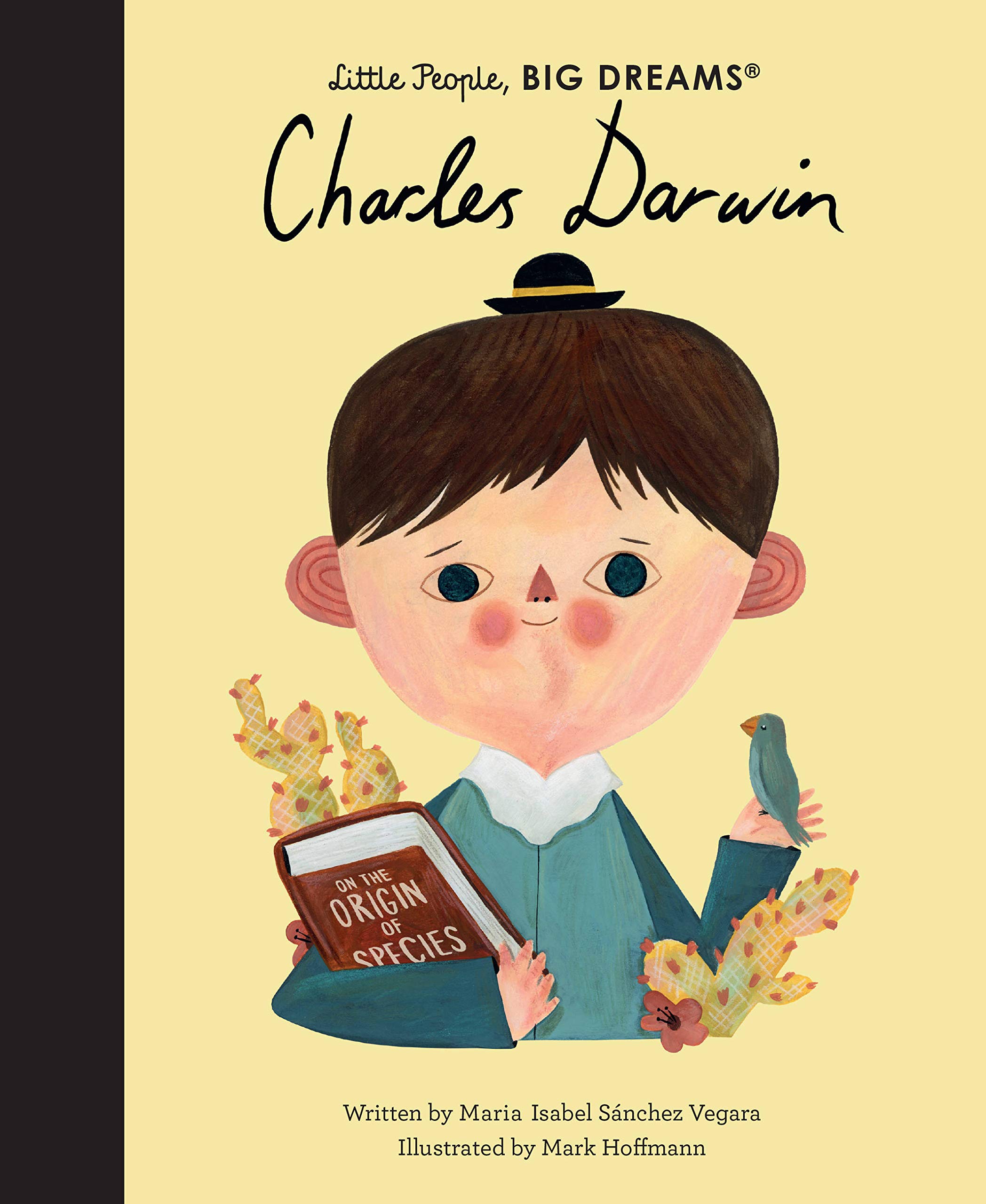
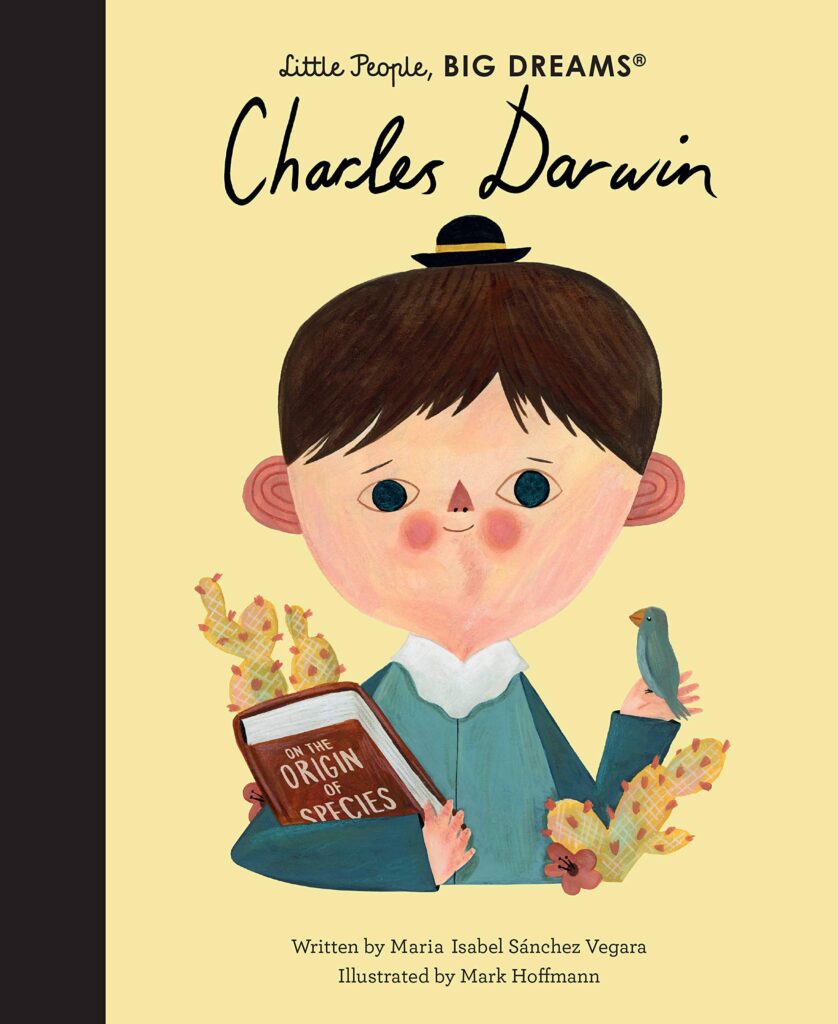


 Facebook
Facebook Twitter
Twitter Flickr
Flickr GooglePlus
GooglePlus Youtube
Youtube